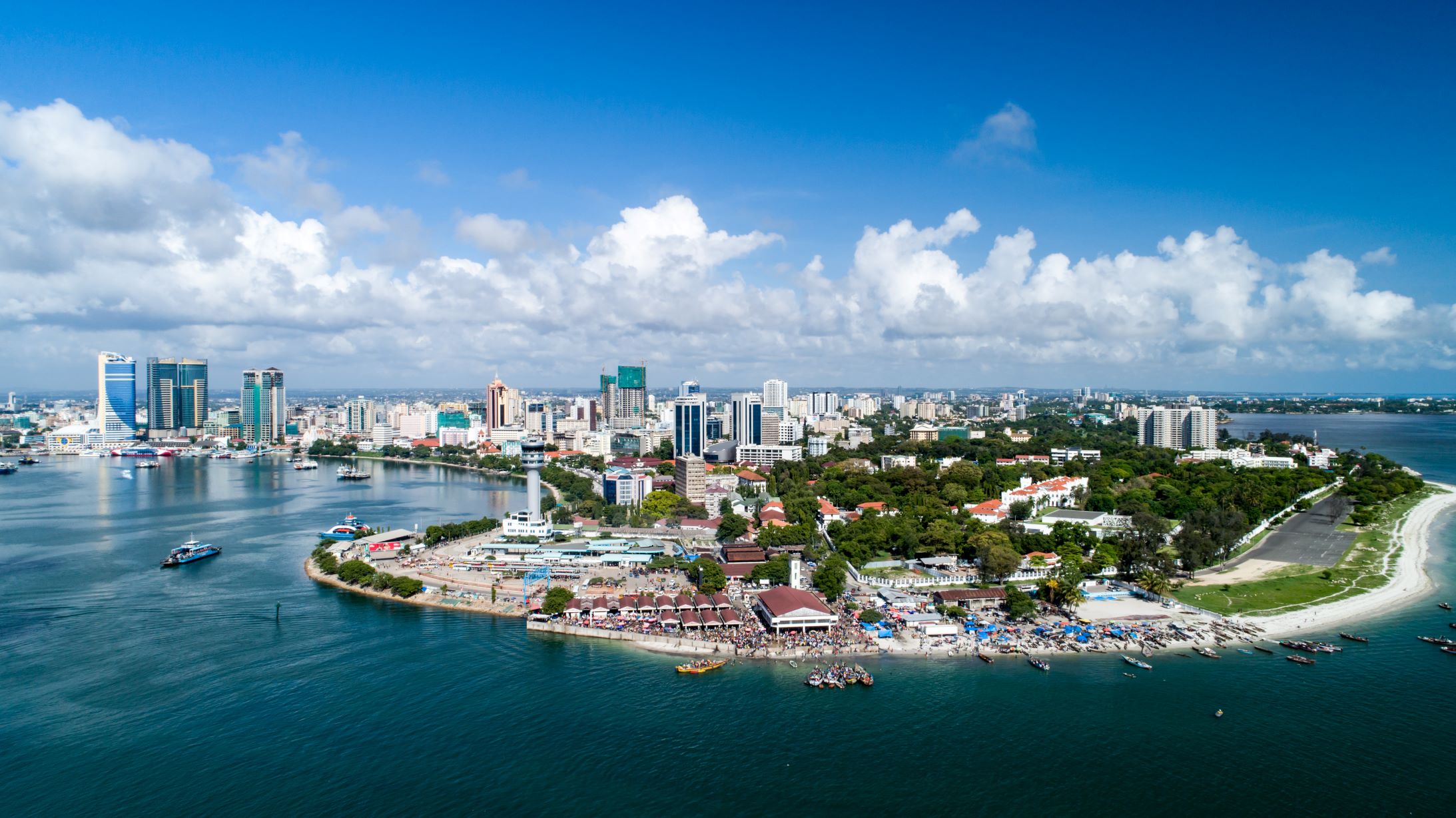Africa’s population growth continues to soar, and it is expected to reach approximately 2.5 billion by 2050, according to the United Nations, meaning the continent will be home to 25 percent of the global population. This projected population growth will increase demand for infrastructure, energy and real estate projects, mostly in the major cities. Economic hubs, including Cairo, Lagos, Luanda, Dar es Salaam, Nairobi, and Addis Ababa, are home to over 65 million people, a figure set to rise to 100 million by 2030. These cities and others will enter their next phase of growth, which will be major pillars unleashing a wealth of investment opportunities in the sector.
Across the continent, countries have devised plans to capitalise on real estate investment, including launching housing programmes to help provide decent and affordable housing to residents and tackle the housing deficit across African cities. Commissioning industrial parks and Special Economic Zones and rethinking the importance of manufacturing also create hubs and centres for doing business, fostering innovation, and changing the face of and perception of Africa.
Multi-Sectoral Partnerships Key to Unlocking Investment
Securing funding and access to capital is a major hurdle that has to be overcome to drive growth in Africa’s real estate. The continent continues to face significant challenges in attracting investments, especially from the private sector. Longstanding challenges, including inadequate infrastructure and corruption, need to be addressed to woo investors. Despite the challenges, numerous investment opportunities continue to emerge.
Private and public sector partnerships are key to realising the full potential of real estate’s impact on their economies. It brings together investors and stakeholders, providing a range of solutions from project financing to critical infrastructure development. These are some of the elemental factors that will drive investment in urban areas and the more underdeveloped parts of the continent. -Stephen Zimula, Partner, ALN Uganda
According to a report by Knight Frank, agroprocessing, data centers, manufacturing, and infrastructure are leading the way in investment potential and will be positioned as nerve centres for doing business across Africa. Among these partnerships is the significant rise of public-private partnerships, which have opened different avenues and created alternative project financing. These partnerships are mutually advantageous, helping to address a wide range of issues or challenges and yielding positive impacts that trickle down to the local communities.
The Role of Sustainability in Real Estate Development
Sustainability is a critical aspect of real estate planning and development and is a factor in the environmental impact and social and economic implications. Embracing elements of sustainability minimise negative impacts on the environment as it reduces waste and pollution, prioritises water conservation, utilises renewable energy sources, and incorporates green spaces into building designs. Beyond the environmental benefits, sustainability increases property value, reduces operational costs, and improves occupants’ health and productivity.
Africa’s real estate sector is already experiencing the positive impact of sustainable practices and technologies acting as key drivers of innovation and growth. Green building certifications such as Green Star, IFC EDGE and LEED are positioning developers to demonstrate their commitment to sustainable development and a brighter future for the built environment. Investors and businesses need to understand their options and make informed decisions that prioritise both profitability and the preservation of the environment.
“Developers who obtain the green building certifications can use that to meet green financing requirements and appeal to international or local investors who prioritise green and sustainable buildings. It’s not only about stating that one is environmentally conscious; now, it’s an active requirement. There is also potential for mutual commercial benefit as green buildings may reduce utility costs over the building’s lifecycle. Developers can offer cheaper properties to operate in the long run by focusing on energy and water efficiencies.” – Nicole Gichuhi, Partner, ALN Kenya
Opportunity Areas for Real Estate Development in Africa
- Data Centres
With the rise in online retailing, catalysed largely by the COVID-19 pandemic and the subsequent boom in demand for storage, distribution and last-mile logistics facilities, requirements for data centres have also flourished across the continent. Data centres provide cheaper and more efficient IT capability than inbuilt servers, aiding their popularity. Investors are already recognising the growing demand for additional data centres in Africa.
According to Africa Data Centres, investment into the market is projected to have a Compound Annual Growth Rate (CAGR) of approximately 15 percent from 2020 to 2026. In 2020, the data centre market size in terms of investment was valued at USD 2 billion, and it is anticipated to reach USD 5 billion by 2026. The demand for high-quality data centres that are cost-effective and ESG-compliant is increasing across Africa’s regions. - Manufacturing
The manufacturing capability in Africa is underutilised with heavy reliance on imports to meet the demand for goods. Despite representing a relatively small share of the Continent’s GDP, according to the United Nations Industrial Development Organization (UNIDO), Africa’s manufacturing output grew at an average annual rate of 4.6% between 2005 and 2018.The positive trajectory results from the emergence of industrial parks and Special Economic Zones propelled forward by attractive incentives that provide access to basic infrastructure and utilities, making setting up and running manufacturing operations easier. Adopting policies and creating collective initiatives such as the African Continental Free Trade Area (AfCFTA) agreement is also making it easier for countries to trade with each other.Additionally, technology is also making its mark in the sector, allowing African manufacturers to adopt new methods to compete more effectively with their counterparts globally. Through technology, manufacturers are also able to promote and sell their products to a wider customer base, which allows them to gain visibility, attract investors, and collaborate with global brands.
- Infrastructure
Infrastructure development is a vital catalyst for enhancing productivity and economic growth, influencing the growth of multiple sectors. Proper infrastructure is critical in attracting investors and businesses venturing into new markets as it impacts costs, saves time, and provides access to other regions and markets. The World Bank estimates that poor infrastructure, such as a lack of roads, railways, and port facilities, contributes an additional 30 – 40 percent to the costs of goods traded among African countries.Across Africa, countries are fast-tracking infrastructure projects to make improvements to attract investors. Improved roads, railways, bridges and critical infrastructure have a positive impact on the growth of key sectors, boosting movement of people and goods and linking countries reducing barriers to trade and regional integration and cooperation. – Mesfin Tafesse, Principal Attorney, (Mesfin Tafesse & Associates)
Real Estate Outlook for Africa
Africa is a continent on the rise, and with this ascent comes the need to compete as the global destination of choice for investors. The real estate industry is a critical catalyst that will lead the continent towards growth and prosperity. Addressing challenges such as access to energy, infrastructure development, and political instability, among others, is key as it would foster confidence from both public and private stakeholders.
The continent is making significant strides in this regard, focusing on previously neglected sectors such as manufacturing, agro-processing and infrastructure. These and other sectors are fundamental as they will rely heavily on the larger real estate and construction sector for the overall development, growth and success of key projects.
Sources


